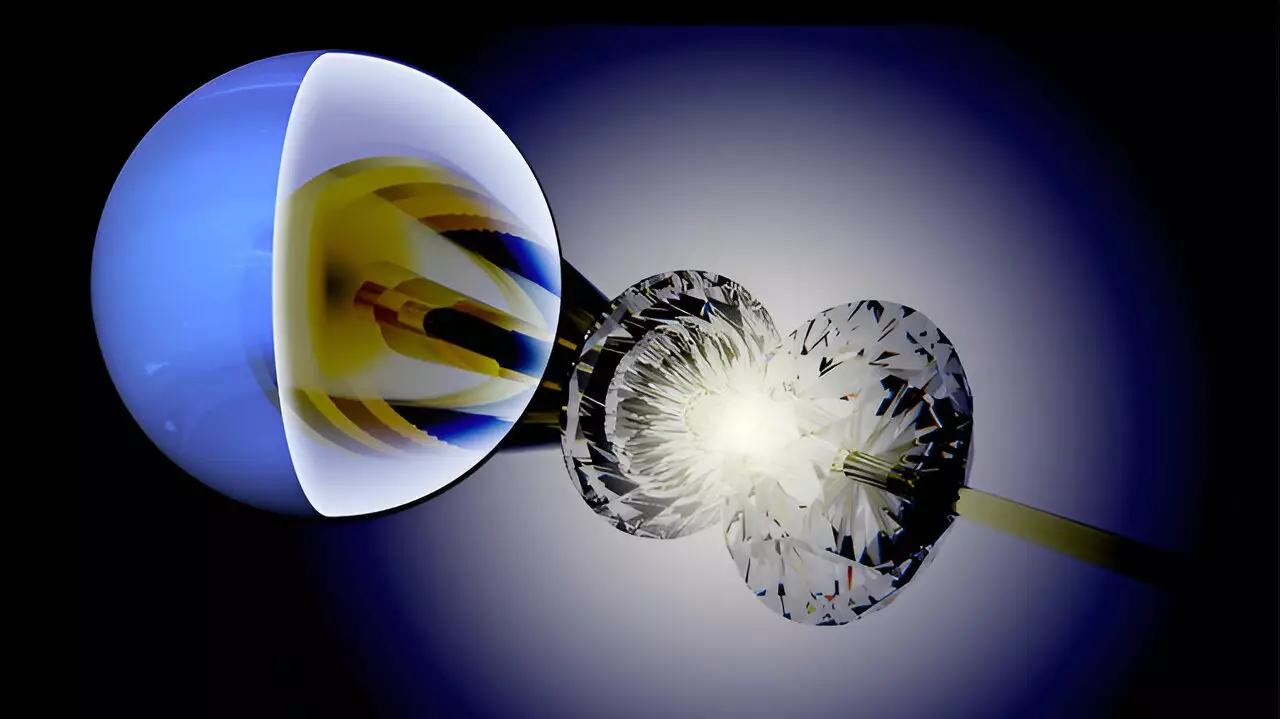The field of condensed-matter sciences has reached a new milestone with the development of a groundbreaking sample configuration by a team of international scientists. In a recent publication in the Journal of Applied Physics, researchers from Lawrence Livermore National Laboratory (LLNL), Argonne National Laboratory, and Deutsches Elektronen-Synchrotron have introduced a new method that significantly enhances the reliability of equation of state measurements in a pressure regime previously unattainable using the diamond anvil cell.
Traditional static compression experiments face significant challenges when attempting to reach pressures higher than 300 GPa. The compression environment is often far from ideal, leading to issues with data quality and reliability. The existing techniques have limitations that impede the accurate measurement of materials at extreme pressure conditions, limiting our understanding of their behavior.
A Major Breakthrough
The introduction of the toroidal diamond anvil cell by LLNL revolutionized the field by pushing the static pressure limit in condensed-matter sciences. However, further advancements were necessary to enable more complex experiments and improve data quality. The new sample packaging developed by the research team addresses these issues by providing an enhanced compression environment, leading to more reliable equation of state data.
The Innovative Sample Package
The innovative sample package consists of a 10-step microfabrication process, where the target material is embedded in a uniform capsule of soft metal. This capsule serves as a pressure-transmitting medium, ensuring that stress is uniformly distributed around the sample material during compression. By maintaining uniform stress distribution, the researchers were able to achieve accurate equation-of-state measurements even at micron scales.
The experiments were conducted using the LLNL-designed toroidal diamond anvil cell, which is capable of reaching pressures exceeding 300 GPa. The sample chamber, with a diameter of approximately 6 µm, is significantly smaller than the width of a human hair. This level of precision and control allowed the scientists to microfabricate the sample package and achieve reliable equation of state calibrations.
Future Implications
The implications of this research are far-reaching. The new sample packaging method has the potential to optimize static compression experiments in physics, chemistry, and planetary science materials. By extending equation of state calibrations into the multi-megabar range, researchers can gain valuable insights into the behavior of materials under extreme pressure conditions that were previously unexplored.
The development of advanced sample packaging represents a significant advancement in the field of equation of state measurements. The innovative approach taken by the research team has opened up new possibilities for studying materials at extreme pressure conditions with unprecedented accuracy and reliability. As we look to the future, this technology will play a crucial role in expanding our understanding of condensed-matter sciences and pushing the boundaries of scientific exploration.


Leave a Reply